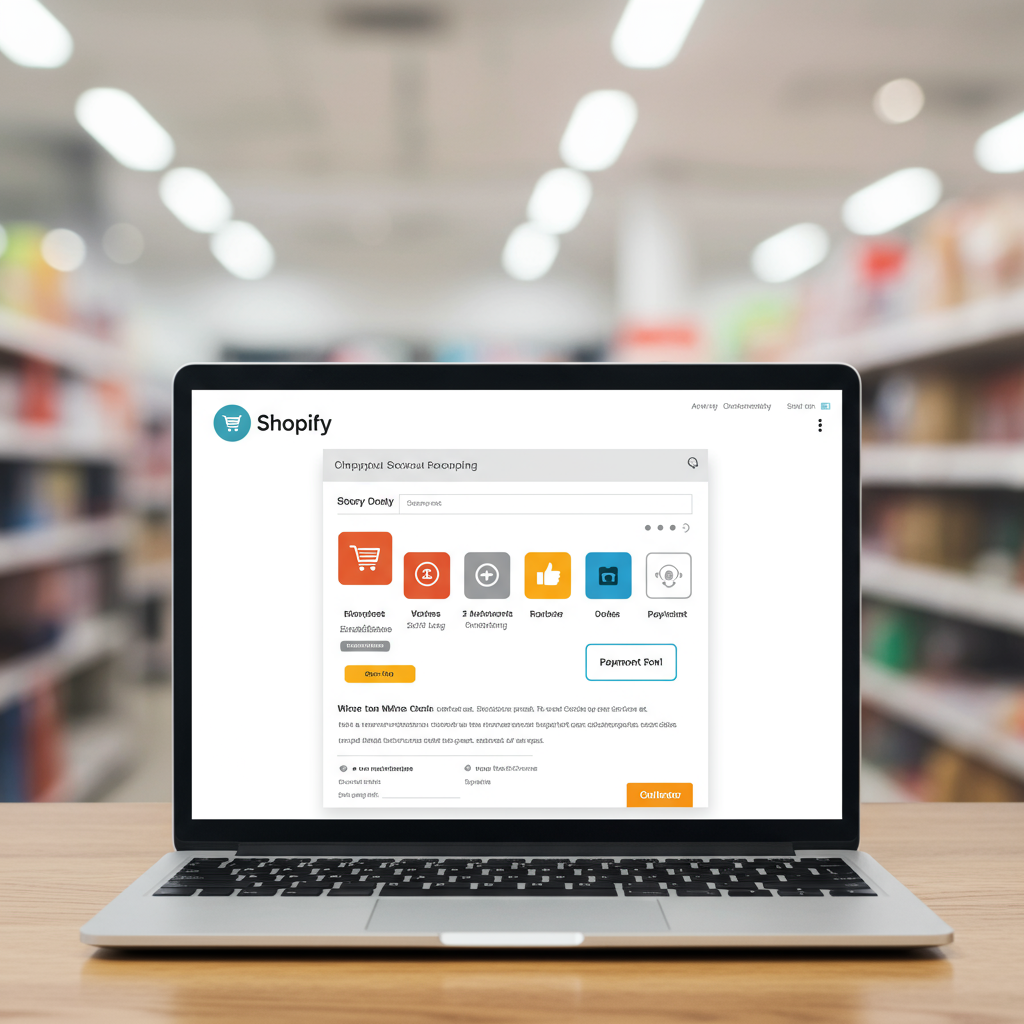Unlock the secrets to a seamless checkout experience and turn more browsers into buyers on your Shopify store.
As a Shopify merchant, I know firsthand the excitement of a new visitor and the frustration of an abandoned cart. You’ve worked hard to attract customers, showcase your products, and build a beautiful store. But all that effort can be wasted if your checkout process isn’t optimized.
The checkout page is the final hurdle between a potential customer and a completed sale. It’s where trust is solidified, and decisions are made. A clunky, confusing, or slow checkout can lead to significant cart abandonment, directly impacting your bottom line.
My goal with this article is to share actionable strategies I’ve implemented and seen work wonders for improving Shopify checkout conversion rates. We’ll dive deep into various aspects, from technical optimizations to psychological triggers.
First, let’s talk about speed. In today’s fast-paced world, patience is a luxury many online shoppers don’t have. A slow-loading checkout page is a major conversion killer. I always recommend optimizing your images, minimizing app conflicts, and ensuring your theme is lightweight.
Shopify itself is generally fast, but third-party apps or custom code can sometimes bog it down. Regularly audit your installed apps and remove any that aren’t essential or are known to cause performance issues. Every millisecond counts.
Next, building trust is paramount. Customers are entrusting you with their personal and financial information. Displaying trust badges prominently on your checkout page can significantly alleviate concerns. Think about SSL certificates, secure payment icons (Visa, Mastercard, PayPal, etc.), and recognized security seals.
I’ve found that a clear, concise return policy link near the checkout can also build confidence. It shows transparency and assures customers that if something goes wrong, they have options. Don’t hide this information; make it easily accessible.
Payment options are another critical area. The more choices you offer, the wider your potential customer base. Beyond standard credit cards, consider integrating popular local payment methods, digital wallets like Shop Pay, Apple Pay, Google Pay, and even ‘buy now, pay later’ services like Affirm or Klarna.
Shop Pay, in particular, is a game-changer for Shopify stores. Its one-click checkout capability for returning customers is incredibly powerful. I’ve seen a noticeable uplift in conversions simply by ensuring Shop Pay is prominently enabled and functioning correctly.
Shipping clarity is often overlooked. Unexpected shipping costs are one of the leading causes of cart abandonment. Be upfront about your shipping fees and delivery times as early as possible in the customer journey, ideally before they even reach the checkout.
If you offer free shipping, shout it from the rooftops! Use banners, pop-ups, and clear messaging on product pages. If you have thresholds for free shipping, make that clear too, as it can encourage higher average order values.
Guest checkout is a non-negotiable for me. While encouraging account creation has its benefits for repeat purchases, forcing a customer to register before buying is a huge barrier. Always offer a guest checkout option.
You can still prompt them to create an account *after* the purchase is complete, which is a much less intrusive approach. This way, you get the sale first, then work on building the relationship.
Mobile optimization is no longer optional; it’s essential. A significant portion of online shopping now happens on mobile devices. Your entire checkout flow, from product page to confirmation, must be perfectly responsive and easy to navigate on a small screen.
Test your checkout on various devices and browsers. Are the buttons large enough? Is the text readable? Is the form easy to fill out with a thumb? These small details make a big difference.
Clear calls to action (CTAs) are vital. Buttons like ‘Continue to Shipping’ or ‘Complete Order’ should be prominent, clearly labeled, and visually distinct. Avoid ambiguous language that might confuse the customer.
Minimize distractions on the checkout page. Remove unnecessary navigation menus, pop-ups, or links that could pull the customer away from completing their purchase. The goal is a linear, focused path to conversion.
Consider using exit-intent pop-ups sparingly and strategically. If a customer is about to leave, a well-timed offer (e.g., a small discount, free shipping) or a reminder of their cart contents can sometimes bring them back. But use them wisely to avoid annoying your visitors.
Abandoned cart recovery emails are your safety net. Even with the best optimization, some carts will be abandoned. Set up automated email sequences to remind customers about their items, perhaps offering a small incentive to complete the purchase.
I’ve found that a series of 2-3 emails, spaced out over a few days, works best. The first email can be a simple reminder, the second might include a gentle nudge or social proof, and the third could offer a small discount.
Social proof can be incredibly powerful. Displaying customer reviews or testimonials, especially on product pages leading to checkout, can build confidence. Even showing the number of people who recently purchased an item can create a sense of urgency and validation.
Ensure your customer support information is easily accessible. A phone number, email address, or live chat option on the checkout page can reassure customers that help is available if they encounter an issue.
Finally, and perhaps most importantly, embrace analytics and A/B testing. You can’t improve what you don’t measure. Use Shopify’s built-in analytics, Google Analytics, or specialized tools to track your checkout funnel.
Identify where customers are dropping off. Is it the shipping step? The payment step? Once you pinpoint the problem areas, you can hypothesize solutions and A/B test them. Small, iterative changes based on data can lead to significant improvements over time.
What do you think about these strategies? Have you implemented any of them, or do you have other tips that have worked for your Shopify store?
Optimizing your Shopify checkout is an ongoing process, not a one-time fix. By focusing on speed, trust, convenience, and continuous improvement, you’ll be well on your way to converting more visitors into loyal customers. Happy selling!






